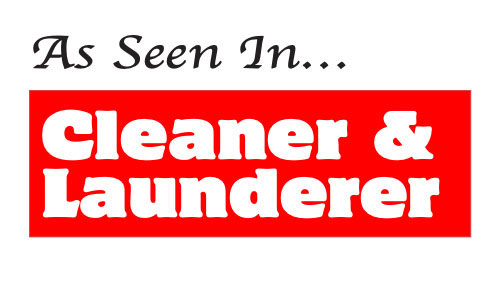How Upcoming Changes in Property Transaction Practices and Developing Vapor Intrusion Concerns May Decide for You
Written by Jeff Carnahan, L.P.G., Vice President, Director of Technical Services, EnviroForensics
As seen in the December 2012 issue of Cleaner & Launderer.
Everyone has heard, and probably declared, that it’s “best to let sleeping dogs lie” at some point. This old proverb presents the question, “Why bring up issues from the past that will only cause trouble”? Let’s leave these things alone and as they are. There is wisdom in this saying, but it’s not necessarily applicable for every situation. Is there an actual sleeping dog in your path? Sure, let it lie. Have you encountered an old adversary with whom you’ve had a disagreement in the past? Maybe you should just say hi and don’t bring up those old issues. Of course, I get it. Do you own a property with a potential environmental problem from past operations? Are you in a position where you may be blamed for an environmental release? I don’t believe that the sleeping dog proverb applies here. If it were me, I’d rather wake that dog myself, gently and cautiously, than have someone else wake him abruptly and make the situation go from manageable to unmanageable. I’m referencing, as you have guessed, the question of if, when, and how you approach looking for a potential environmental release at your property.
As experienced business owners well know, a large number of environmental problems are discovered during commercial real estate property transactions. When properties are to be exchanged from one business entity to another, or even refinanced through a new mortgager, potential liability for environmental issues may also be exchanged if the new owner or lender doesn’t perform an adequate inquiry into the environmental conditions at the property. In turn, financial lending institutions are especially interested in looking for “environmental sleeping dogs”. They would like to take possession of the property that was used as collateral in the transaction without assuming liability for a costly cleanup, should their loan become default. Now, I don’t want to bore you with the details and if you’d rather be sleeping you wouldn’t be reading, but it’s important to understand just how you can end up being one who has to deal with that environmental dog regardless of how or by whom he is awaken. So here we go. Continue reading “Should You Let Your Sleeping Environmental Dog Lie?”
